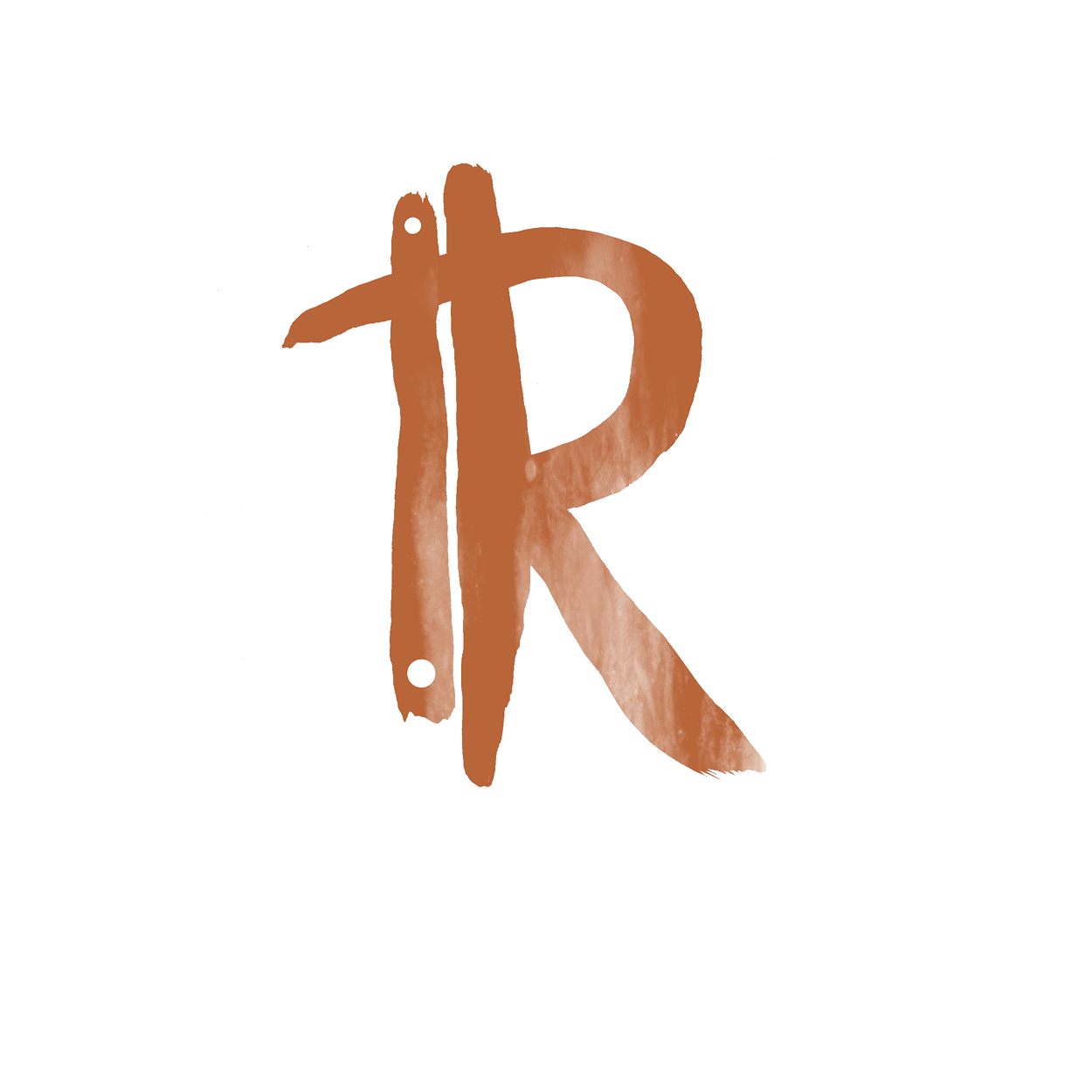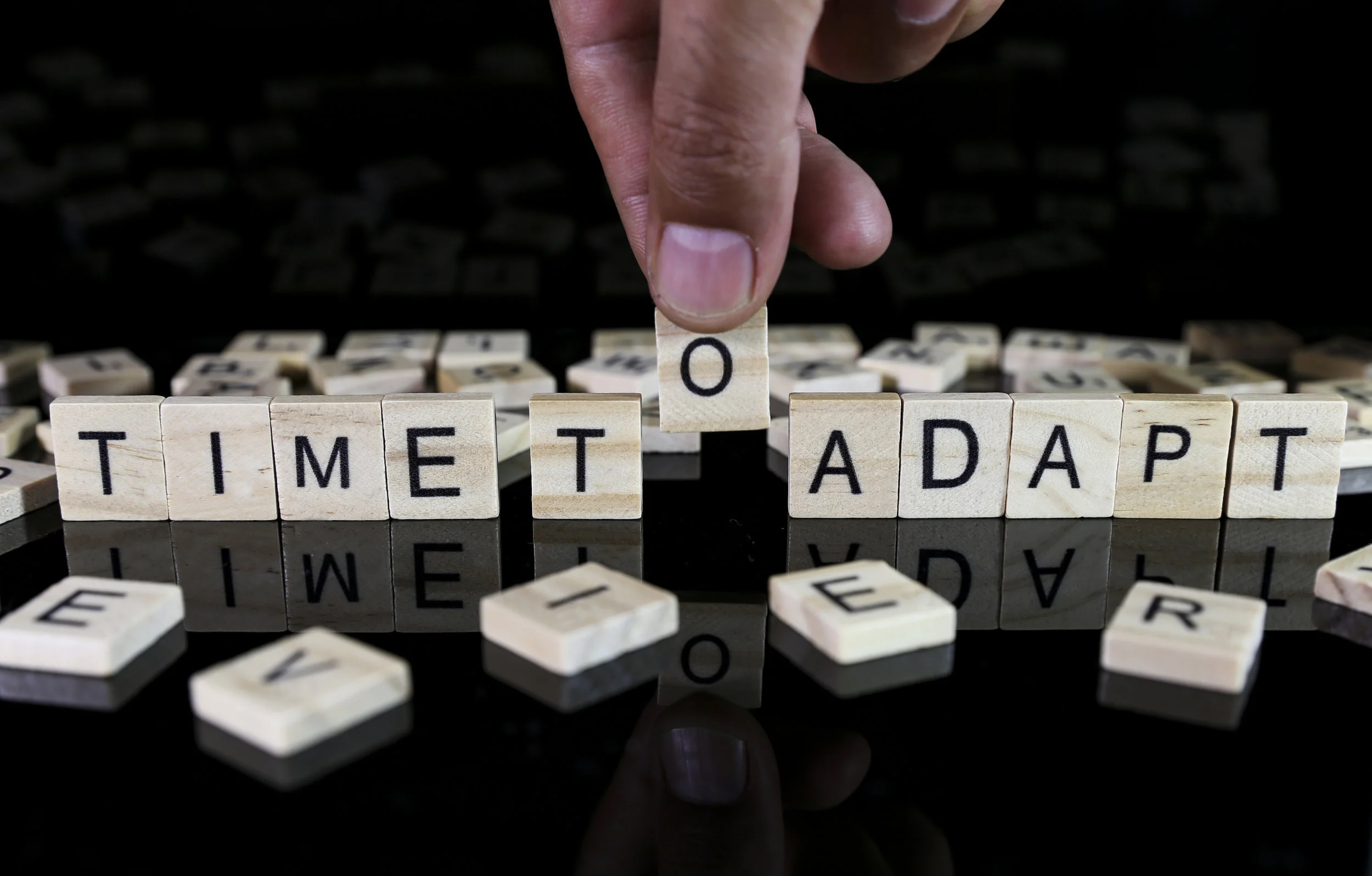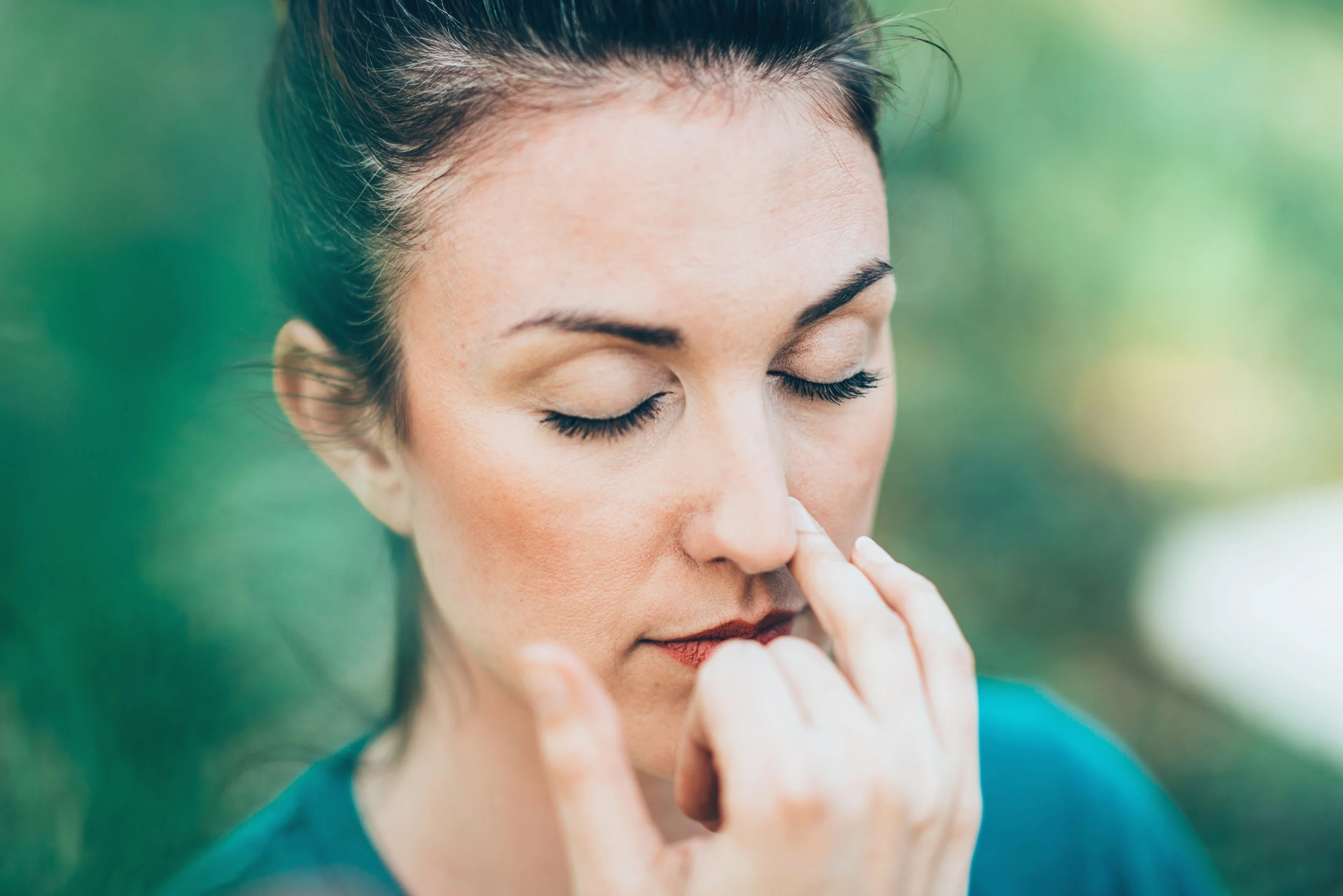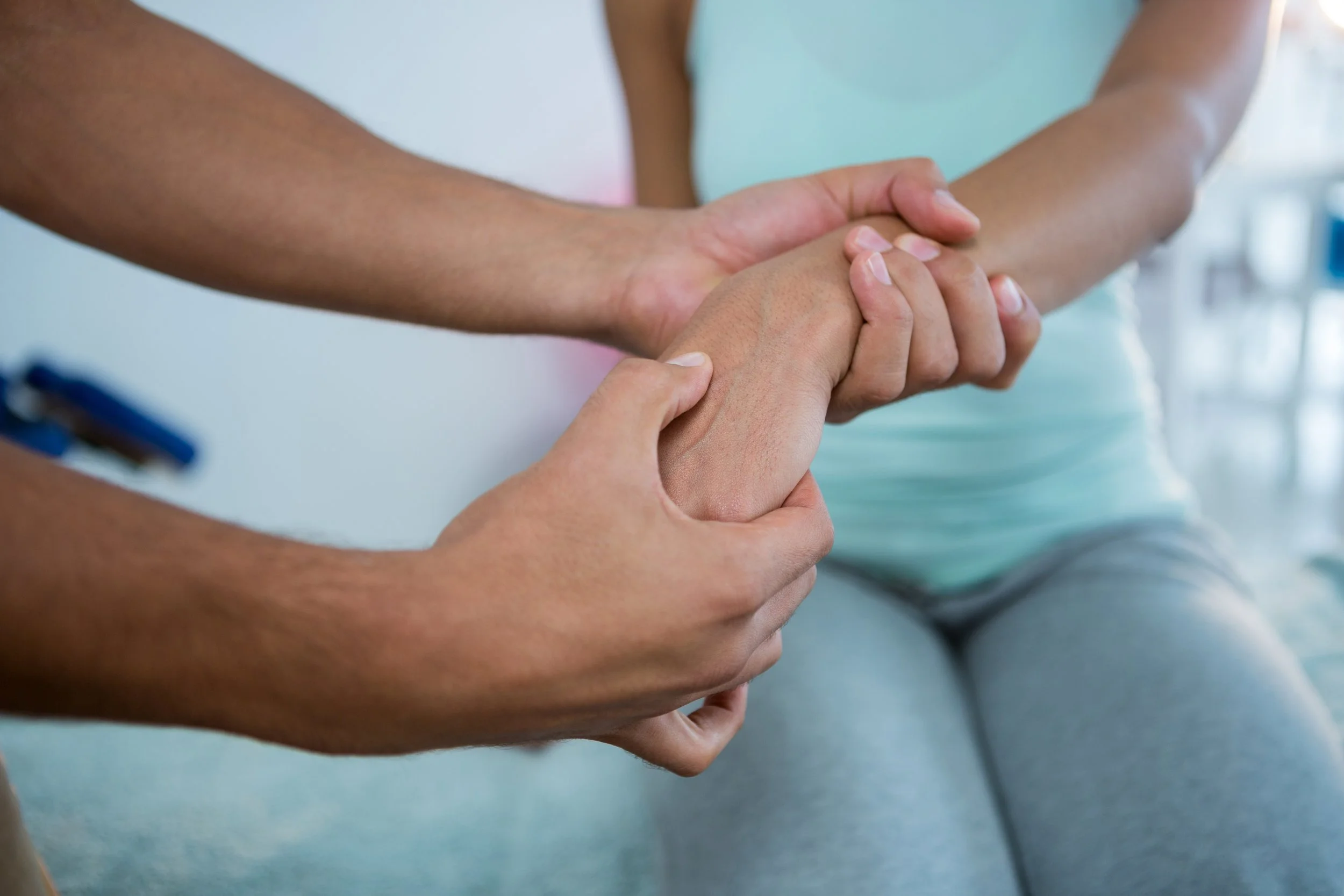What is Tendonitis?
/Tendonitis or its aliases: tendinitis, tendinopathy and tendinosis are all tendon injuries.
Tendinopathy (tendon injuries) can develop in any tendon of the body.
Typically, tendon injuries occur in three areas:
- musculotendinous junction (where the tendon joins the muscle)
- mid-tendon (non-insertional tendinopathy)
- tendon insertion (eg into bone)
Non-insertional tendinopathies tend to be caused by a cumulative microtrauma from repetitive overloading eg overtraining.
What is a Tendon Injury?
Tendons are the tough fibres that connect muscle to bone. Most tendon injuries occur near joints, such as the shoulder, elbow, knee, and ankle. A tendon injury may seem to happen suddenly, but usually it is the result of repetitive tendon overloading. Health professionals may use different terms to describe a tendon injury. You may hear:
Tendinitis (or Tendonitis): This actually means "inflammation of the tendon," but inflammation is actually only a very rare cause of tendon pain. But many doctors may still use the term tendinitis out of habit.
The most common form of tendinopathy is tendinosis. Tendinosis is a noninflammatory degenerative condition that is characterised by collagen degeneration in the tendon due to repetitive overloading. These tendinopathies therefore do not respond well to anti-inflammatory treatments and are best treated with functional rehabilitation. The best results occur with early diagnosis and intervention.
What Causes a Tendon Injury?
Most tendon injuries are the result of gradual wear and tear to the tendon from overuse or ageing. Anyone can have a tendon injury, but people who make the same motions over and over in their jobs, sports, or daily activities are more likely to damage a tendon.
Your tendons are designed to withstand high, repetitive loading, however, on occasions, when the load being applied to the tendon is too great for the tendon to withstand, the tendon begins to become stressed.
When tendons become stressed, they sustain small micro tears, which encourage inflammatory chemicals and swelling, which can quickly heal if managed appropriately.
However, if the load is continually applied to the tendon, these lesions occurring in the tendon can exceed the rate of repair. The damage will progressively become worse, causing pain and dysfunction. The result is a tendinopathy or tendinosis.
Researchers current opinion implicates the cumulative microtrauma associated with high tensile and compressive forces generated during sport or an activity causes a tendinopathy.
For example, in explosive jumping movements, forces delivered to the patellar tendon can be eight times your body weight. Cumulative microtrauma appears to exceed the tendon’s capacity to heal and remodel.
What are the Symptoms of Tendinopathy?
Tendinopathy usually causes pain, stiffness, and loss of strength in the affected area.
- The pain may get worse when you use the tendon.
- You may have more pain and stiffness during the night or when you get up in the morning.
- The area may be tender, red, warm, or swollen if there is inflammation.
- You may notice a crunchy sound or feeling when you use the tendon.
The symptoms of a tendon injury can be a lot like those caused by bursitis.
Tendinopathy Phases
The inability of your tendon to adapt to the load quickly enough causes tendon to progress through four phases of tendon injury. While it is healthy for normal tissue adaptation during phase one, further progression can lead to tendon cell death and subsequent tendon rupture.
1. Reactive Tendinopathy
- Normal tissue adaptation phase
- Prognosis: Excellent. Normal Recovery!
2. Tendon Dysrepair
- Injury rate > Repair rate
- Prognosis: Good. Tissue is attempting to heal.
- It is vital that you prevent deterioration and progression to permanent cell death (phase 3).
3. Degenerative Tendinopathy
- Cell death occurs
- Poor Prognosis - Tendon cells are giving up!
4. Tendon Tear or Rupture
- Catastrophic tissue breakdown
- Loss of function.
- Prognosis: very poor.
- Surgery is often the only option.
It is very important to have your tendinopathy professionally assessed to identify it’s injury phase. Identifying your tendinopathy phase is also vital to direct your most effective treatment, since certain modalities or exercises should only be applied or undertaken in specific tendon healing phases.
How is a Tendon Injury Diagnosed?
To diagnose a tendon injury, your physiotherapist will ask questions about your past health, your symptoms and exercise regime. They'll then do a physical examination to confirm the diagnosis. If your symptoms are severe or you do not improve with early treatment, specific diagnostic tests may be requested, such as an ultrasound scan or MRI.
How is Tendinopathy Treated?
In most cases, you can start treating a tendon injury at home. To get the best results, start these steps right away:
- Rest the painful area, and avoid any activity that makes the pain worse.
- Apply ice or cold packs for 20 minutes at a time, as often as 2 times an hour, for the first 72 hours. Keep using ice as long as it helps.
- Do gentle range-of-motion exercises and stretching to prevent stiffness.
- Have your biomechanics assessed by a sports physiotherapist.
- Undertake an Eccentric Strengthen Program. This is vital!
How to Return to Sport
It may take weeks or months for a tendon injury to heal. Be patient, and stick with your treatment. If you start using the injured tendon too soon, it can lead to more damage.
To keep from hurting your tendon again, you may need to make some long-term changes to your activities. These should be discussed with your physiotherapist.
- Try changing your activities or how you do them.
- If exercise caused the problem, check your technique with a coach or sports physiotherapist.
- Perform regular eccentric style exercises.
- Closely monitor and record your exercise loads. Discuss your loading with your physiotherapist and coach.
- Always take time to warm up before and cool down / stretch after you exercise.
This article originally appeared on physioworks.com.au and was written by Zoe Russell.











![Self-regulation “control [of oneself] by oneself"](https://images.squarespace-cdn.com/content/v1/55563e14e4b01769086817cb/1542845645966-PO2HGKF5JLUBM45UIWQ3/wee-lee-790761-unsplash.jpg)



















